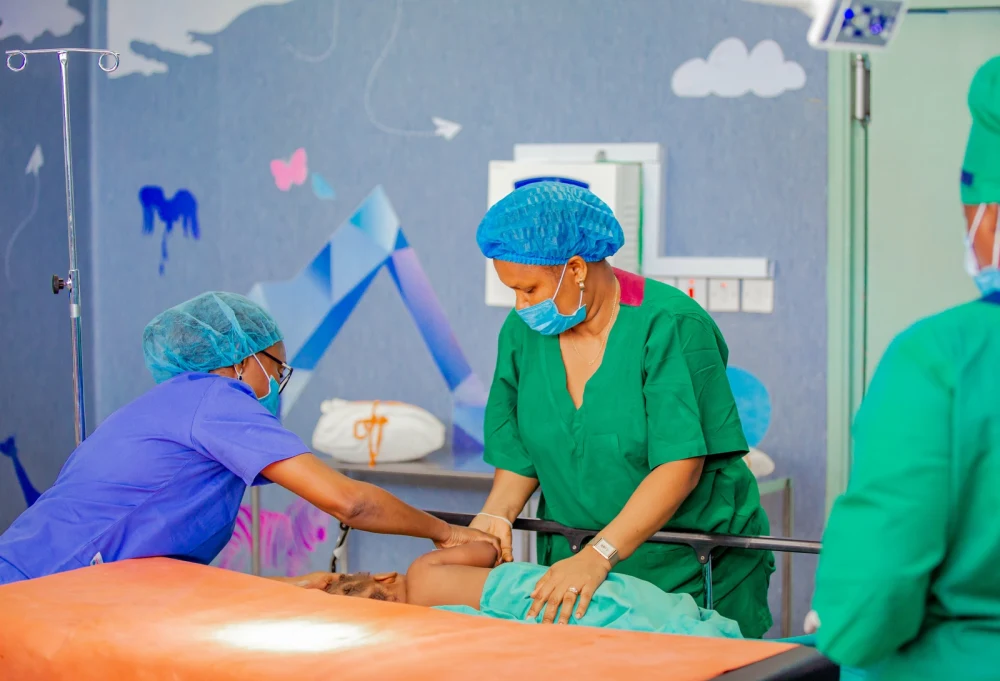A Scottish charity, Kids Operating Room (KidsOR), is partnering with NASA to bring advanced oxygen technology to hospitals in some of the world’s most vulnerable regions, aiming to reduce preventable deaths among children. The collaboration, which focuses on deploying NASA’s Medical Ceramic Oxygen Generator (M-COG) technology, could improve the safety and success of surgeries in resource-poor facilities across low- and middle-income countries (LMICs).
The M-COG device, initially developed by NASA for possible use on future Moon and Mars missions, generates medical-grade oxygen with a purity level of 99.99%. The device utilises advanced ceramic technology to extract oxygen from ambient air, relying on a process called oxygen ion transport, where oxygen ions are electrochemically split from the air and recombined as pure oxygen. This high-grade oxygen generation technology requires minimal maintenance and can function in rugged conditions, making it particularly suited for healthcare settings with limited infrastructure.
Lack of access to reliable oxygen is a critical issue in hospitals across low-income regions, often leading to increased risk for patients undergoing surgery. In 2021, respiratory illnesses, which are worsened by inadequate oxygen supply, caused 2.2 million deaths worldwide, including 502,000 children under five. KidsOR’s partnership with NASA seeks to address this challenge by providing on-site oxygen generation that could significantly improve surgical outcomes in these settings.
“This collaboration with NASA could be life-changing for patients in low-resource settings,” said Garreth Wood, Co-Founder and Chairman of KidsOR. “Access to surgery is especially challenging in areas affected by war, climate challenges, or civil unrest. Our expertise in developing and sustaining surgical facilities in these environments makes us an ideal partner for this pioneering research.”
The new partnership will also involve the non-profit Public Invention and Global Hospital, expanding the M-COG’s reach and testing its effectiveness in LMIC facilities. Initially, the project will test the technology at KidsOR’s Centre for Global Operations in Dundee and in surgical facilities in Zambia. KidsOR engineers in Scotland and sub-Saharan Africa will develop monitoring and power solutions to optimise the device for use in low-resource healthcare settings.
John Graf, an engineer at NASA, expressed enthusiasm about the potential impact of the technology. “It’s amazing to think that what we’re developing for human space exploration can save lives here on Earth. This partnership with KidsOR exemplifies the synergy between space innovation and real-world health solutions.”
By exploring how NASA’s M-COG technology could serve both small-scale clinics and larger hospitals, KidsOR and its partners aim to ensure that even in the most remote regions, patients can have access to the oxygen they need during critical surgeries.
Once refined, the technology could be deployed across KidsOR’s network of over 100 surgical centres in 40 countries, with the charity planning to share findings as the research progresses. The ultimate goal is that no child should die due to a lack of essential oxygen, and that advanced technology designed for space can be adapted to support life-saving surgeries in some of the world’s most underserved areas.

